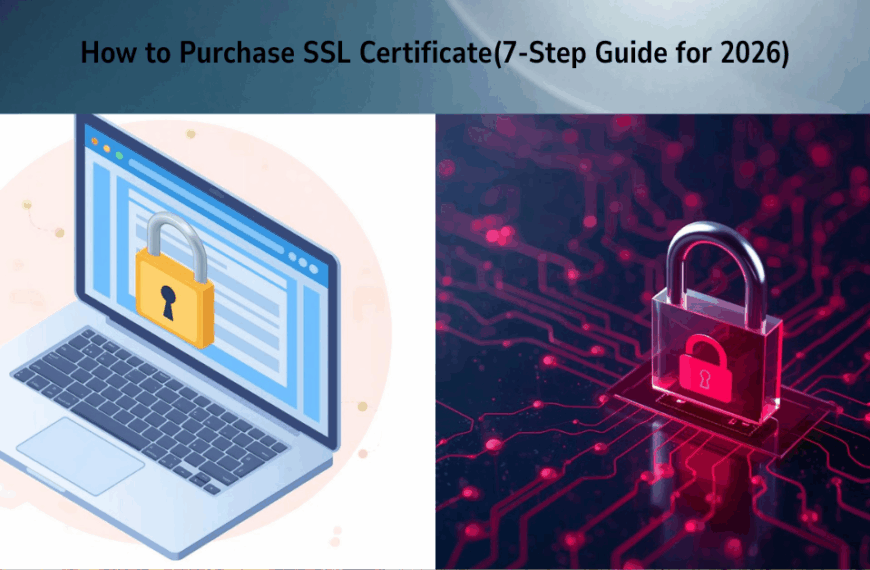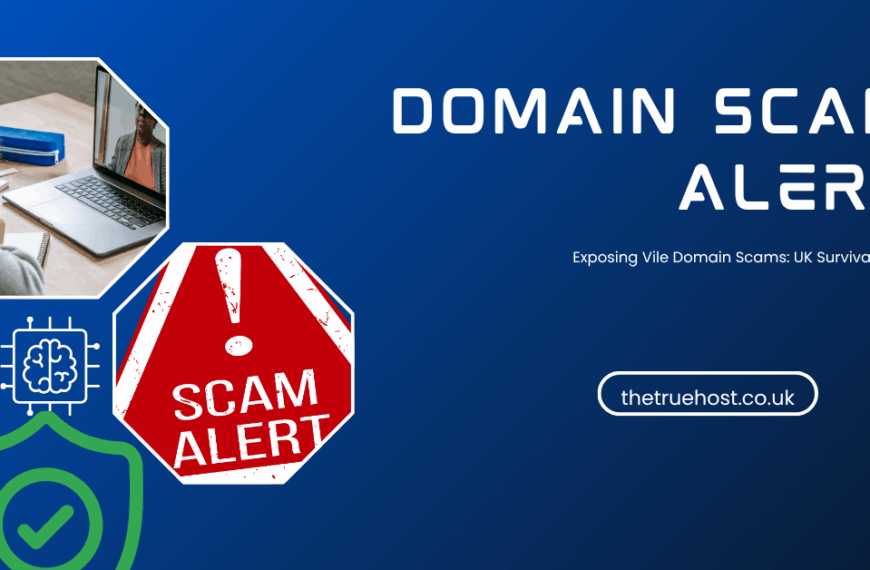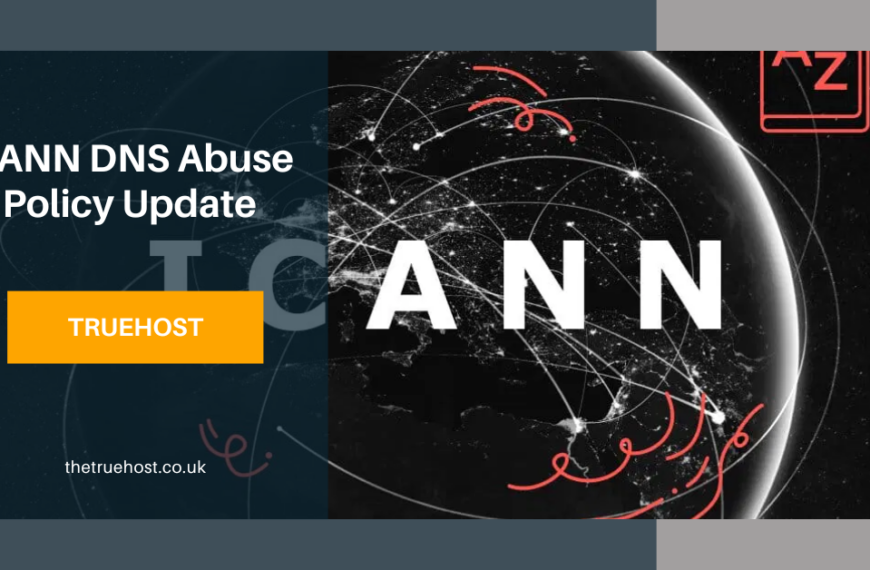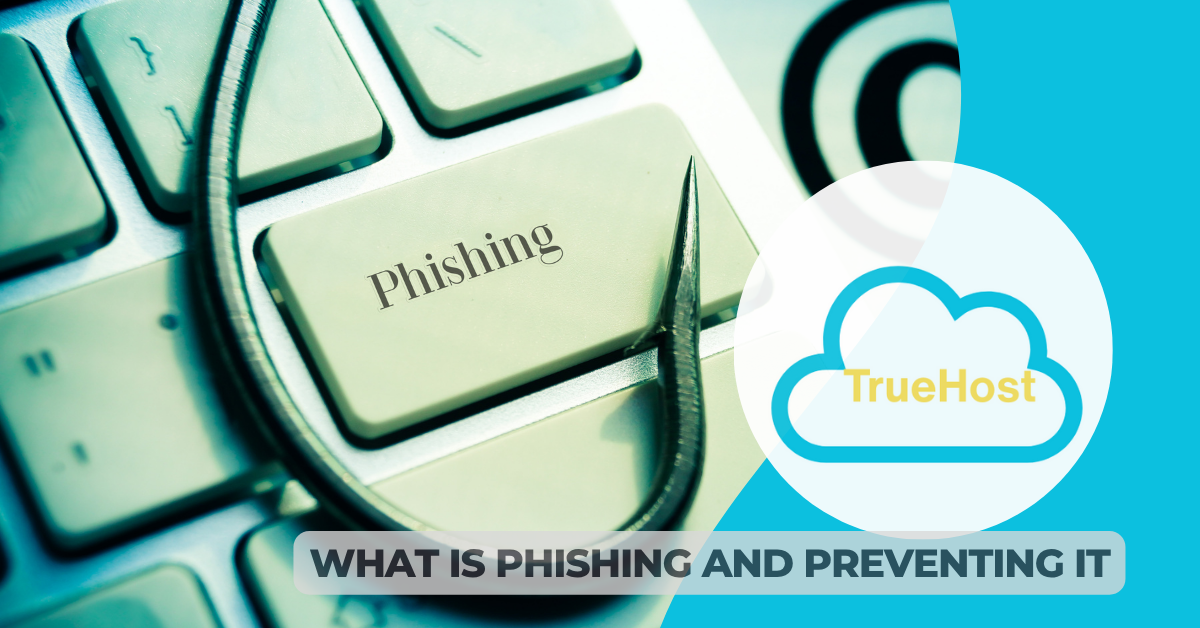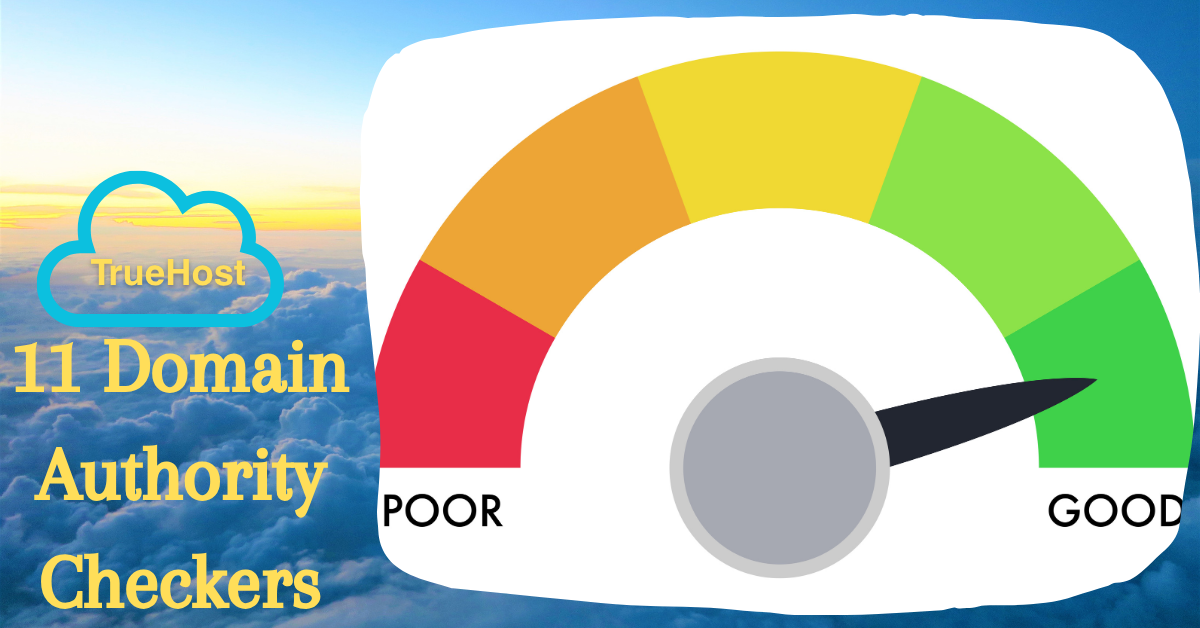As I previously mention in my earlier article, Your domain name is your business identity online. Losing it to hackers or scammers can destroy everything you’ve built. I’m going to show you exactly how to protect your domain name with strategies that actually work.
Why Domain Security Matters More Than Ever
The Rising Threat in the UK
Domain hijacking attacks increased by 60% last year across the UK. Criminals steal domains and hold them for ransom or sell them to competitors. Your business disappears from the internet overnight.
I’ve seen successful companies lose their domains and never fully recover. Learning how to protect your domain name isn’t optional anymore. It’s survival.
What Happens When Domains Get Stolen
Your website goes dark. Your emails stop working. Customers can’t find you. The thieves redirect your traffic to their sites or demand thousands of pounds for return.
Some businesses never get their domains back. Others spend months in legal battles. Prevention costs pennies compared to recovery.
Understanding Domain Name Vulnerabilities
Common Attack Methods
Hackers use phishing emails pretending to be your registrar. They trick you into revealing login details. Social engineering attacks target customer service teams to transfer domains illegally.
Knowing how to protect your domain name starts with understanding these threats. You can’t defend against attacks you don’t recognize.
Weak Points Criminals Exploit
Most domain thefts happen through weak passwords or unlocked registrar accounts. Expired domains get snatched instantly. Outdated contact information prevents you from receiving security alerts.
i) Choose a Reputable Domain Registrar
UK-Based Registrars Offer Better Protection
Working with UK companies like TheTrueHost means you get protection under UK consumer laws. They understand local security requirements and respond faster to threats.
Understanding how to protect your domain name begins with picking the right registrar. Don’t just choose based on price. Security features matter more than saving a few quid.
Essential Registrar Security Features
Your registrar must offer two-factor authentication, domain locking, and WHOIS privacy protection. They should have 24/7 UK-based support for security emergencies.
Read their security policies before transferring your domain. Some registrars make protection optional extras. The best ones include security features as standard.
ii) Enable Two-Factor Authentication Immediately
Why Passwords Alone Fail
Hackers crack passwords in seconds using automated tools. They buy stolen password databases from data breaches. Your “strong” password might already be compromised.
Learning how to protect your domain name means adding extra security layers. Two-factor authentication stops thieves even when they have your password.
Setting Up 2FA Properly
Use authentication apps like Google Authenticator or Microsoft Authenticator. Don’t rely on SMS codes because criminals can hijack phone numbers. Save your backup codes in a secure location.
I force all my clients to enable 2FA on day one. This single step prevents 99% of domain theft attempts.
iii) Lock Your Domain
Domain Lock Explained
Domain locking prevents unauthorized transfers to other registrars. Nobody can move your domain without you specifically unlocking it first. This simple setting stops most hijacking attempts cold.
Knowing how to protect your domain name includes keeping this lock enabled always. Only unlock it when you actually need to transfer the domain yourself.
How to Lock Your Domain
Log into your registrar account. Find the domain security or transfer settings. Enable “Registrar Lock” or “Transfer Lock.” Some registrars call it “Domain Lock.”
Verify the lock appears active in your domain settings. Take a screenshot for your records. This takes two minutes and protects years of business building.
iv) Use Strong, Unique Passwords
Creating Unbreakable Passwords
Your domain registrar password should be completely different from any other account. Make it at least 16 characters with numbers, symbols, and mixed case letters.
Understanding how to protect your domain name means treating your registrar password as the most important credential you own. Don’t reuse it anywhere else.
Password Manager Benefits
Password managers like 1Password or Bitwarden generate and store complex passwords securely. You only remember one master password. They fill in login credentials automatically.
I use a password manager for every client domain I manage. The security improvement is massive, and you’ll never forget passwords again.
v) Enable WHOIS Privacy Protection
What WHOIS Reveals About You
WHOIS databases show domain owner names, addresses, phone numbers, and emails publicly. Scammers scrape this data to target you with phishing attacks.
Learning how to protect your domain name includes hiding this personal information. WHOIS privacy replaces your details with the registrar’s contact information.
Privacy Protection Setup
Most UK registrars include WHOIS privacy free. Enable it in your domain settings under “Privacy” or “WHOIS Protection.” Your personal details disappear from public searches immediately.
Check your WHOIS record at ICANN WHOIS lookup to verify protection works. You should see generic registrar details instead of your information.
vi) Keep Contact Information Updated
Why Current Details Matter
Registrars send renewal notices and security alerts to your registered email. Outdated information means you miss critical warnings about suspicious activity.
Knowing how to protect your domain name includes maintaining accurate contact details. Check your registrar profile quarterly and update any changes immediately.
Email Security for Domain Contacts
Use a professional email address that you check daily. Enable 2FA on this email account too. Consider a dedicated email just for domain management separate from regular business mail.
Your domain contact email becomes a target for phishing. Treat it with maximum security precautions.
vii) Set Up Auto-Renewal
Never Let Domains Expire
Expired domains enter a grace period where criminals can grab them. Some businesses lost their domains because they forgot to renew on time.
Understanding how to protect your domain name means removing human error from the equation. Auto-renewal guarantees your domain never accidentally expires.
Backup Payment Methods
Add multiple valid payment cards to your registrar account. If one card expires or gets declined, the backup kicks in automatically. You can’t be too careful with domain renewals.
Set calendar reminders three months before renewal anyway. Double-check that auto-renewal stays enabled and payment details remain current.
viii) Monitor Your Domain Status Regularly
Weekly Security Checks
Log into your registrar account weekly. Verify domain lock status, check for unauthorized changes, and review account activity logs. Spotting suspicious activity early prevents successful thefts.
Learning how to protect your domain name includes staying vigilant. Hackers probe defenses constantly. Your regular monitoring catches attempts before they succeed.
Set Up Security Alerts
Enable all notification options in your registrar account. Get instant alerts for login attempts, setting changes, or transfer requests. These warnings give you time to stop attacks in progress.
Most UK registrars like TheTrueHost offer email and SMS alerts. Turn on everything available.
ix) Understand Domain Transfer Procedures
Legitimate Transfer Requirements
Real domain transfers need authorization codes, email confirmations, and usually take 5-7 days. You receive multiple notifications throughout the process.
Knowing how to protect your domain name means recognizing what normal transfers look like. Anything that bypasses these steps is a theft attempt.
Reject Suspicious Transfer Requests
If you receive unexpected transfer notifications, reject them immediately through your registrar control panel. Contact your registrar’s security team right away. Don’t wait to see what happens.
I’ve stopped dozen of domain thefts by acting on suspicious transfer alerts within minutes. Speed matters when defending your domain.
x) Protect Related Email Accounts
Email Compromise Leads to Domain Theft
Hackers who access your email can reset registrar passwords and approve domain transfers. Your email security directly affects domain security.
Understanding how to protect your domain name includes securing every connected account. Use different passwords for email and registrar accounts. Enable 2FA on both.
Dedicated Domain Management Email
Create a special email address only for domain registration and management. Don’t use it for anything else. This isolation limits exposure to phishing attacks.
Store credentials for this email in your password manager. Share access with only one trusted person in your business as backup.
Recognizing Common Domain Scams
Fake Renewal Notices
Scammers send official-looking emails claiming your domain expires soon. These fake notices link to phishing sites that steal your login credentials or payment details.
Learning how to protect your domain name includes spotting these fakes. Always log into your registrar directly through your bookmarks. Never click email links.
Domain Slamming Tactics
Companies send invoices for domain services you didn’t order. They hope you’ll pay without checking. These scams trick businesses into transferring domains or paying for worthless services.
Verify every domain-related bill directly with your registrar. Legitimate registrars don’t send paper invoices demanding immediate payment.
SEO and Directory Listing Scams
You receive emails offering to list your domain in “important directories” or promising SEO benefits. They charge hundreds of pounds for services worth nothing.
Real registrars don’t cold-email you about services. These scams steal money and sometimes domain credentials. Delete and report these emails.
Advanced Domain Protection Strategies
Registry Lock for High-Value Domains
Some registries offer additional locks that even your registrar can’t remove without extensive verification. This ultra-secure option suits businesses with extremely valuable domains.
Knowing how to protect your domain name at the highest level means considering registry lock for your main business domain. Contact your registrar about availability.
Brand Protection Services
Monitor domain registrations similar to yours. Scammers register typo variations hoping to catch your traffic. Brand protection services alert you to suspicious registrations.
You can file complaints about obvious trademark violations. Quick action often stops scammers before they build phishing sites using your brand.
Legal Protections for UK Domains
Trademark Your Business Name
UK trademark registration gives you legal recourse against domain squatters. You can file complaints through dispute resolution services to reclaim domains.
Understanding how to protect your domain name includes knowing your legal rights. Trademarks strengthen your position significantly. Visit the UK Intellectual Property Office for guidance.
Dispute Resolution Options
ICANN’s Uniform Domain-Name Dispute-Resolution Policy helps recover hijacked domains. UK businesses can also use Nominet’s Dispute Resolution Service for .uk domains.
These legal processes take time and cost money. Prevention through security measures works better than legal recovery.
Creating a Domain Security Plan

Document Everything
Write down your registrar login process, where you store passwords, and who has access. Create a step-by-step recovery plan if something goes wrong.
Learning how to protect your domain name means planning for worst-case scenarios. This documentation helps you or your team respond quickly to security incidents.
Designate Backup Access
One trusted person should have emergency access to your domain credentials. Store this information in a secure location like a safe deposit box or encrypted service.
If you become unavailable, your business can still manage domain renewals and security. Don’t be the single point of failure.
Real Domain Theft Stories from UK Businesses
Manchester Retailer Loses Everything
A successful online shop lost their domain to hackers who guessed their weak password. The business disappeared for three weeks during Christmas shopping season. They lost £80,000 in sales and never recovered their market position.
Knowing how to protect your domain name could have saved this business. They used “password123” and no two-factor authentication.
London Startup Saved by Quick Action
A tech startup received a suspicious transfer notification at midnight. The founder rejected it immediately through their registrar app. The hacker’s attempt failed completely.
This business practiced how to protect your domain name correctly. They had alerts enabled and knew how to respond fast.
Your Domain Protection Checklist
Use this checklist to secure your domain today:
Immediate Actions (Do Right Now)
- Enable two-factor authentication on registrar account
- Turn on domain lock
- Activate WHOIS privacy protection
- Enable auto-renewal with valid payment method
- Update contact information if needed
This Week
- Create strong unique password using password manager
- Set up security alerts and notifications
- Review domain settings for unauthorized changes
- Bookmark your registrar login page
- Create dedicated domain management email
Monthly Tasks
- Check domain lock remains active
- Verify auto-renewal and payment details
- Review account activity logs
- Confirm contact information accuracy
Quarterly Reviews
- Full security audit of all settings
- Test 2FA backup codes
- Update passwords
- Review related email account security
Choosing the Right Domain Protection Partner
What to Look for in Registrars
Pick registrars that include security features as standard, not paid extras. They should offer UK-based support and understand local regulations. Response times for security issues matter enormously.
Understanding how to protect your domain name includes partnering with registrars who prioritize security. TheTrueHost builds protection into every domain registration.
Questions to Ask Before Transferring
Does the registrar offer free WHOIS privacy? What security features come standard? How quickly do they respond to security emergencies? Do they have UK-based support teams?
Get clear answers before moving your domain. Your business depends on these security features working perfectly.
Take Control of Your Domain Security Today
You now know exactly how to protect your domain name from every common threat. You understand the tools, tactics, and daily habits that keep domains secure.
Your next step is taking action immediately. Every day your domain stays unprotected risks everything you’ve built.
Ready to secure your domain properly? Visit TheTrueHost now and transfer your domain to a registrar that puts security first. Their team will help you enable every protection feature. Don’t wait until hackers target your business.
Frequently Asked Questions
How often do domain thefts actually happen? Thousands of domains get stolen monthly worldwide. UK businesses face increasing attacks as more commerce moves online. The real number is higher because many thefts go unreported.
Can I recover a stolen domain? Sometimes, but recovery takes months and costs thousands in legal fees. Prevention through proper security costs nothing and works perfectly. Don’t risk losing your domain.
Does domain age affect security? Older domains become more valuable and attract more theft attempts. Protect established domains even more carefully than new ones.
Should I buy similar domain variations? Yes, if your business name is valuable. Register common typos and alternative extensions. This prevents scammers from impersonating your brand.
What’s the most important protection step? Enable two-factor authentication first. This single step stops the vast majority of domain theft attempts immediately.
Don’t Wait for Disaster

Learning how to protect your domain name gives you the knowledge. Taking action gives you the security. Your domain represents years of work and thousands of pounds invested.
Hackers and scammers target unprotected domains daily. They automate attacks, scanning for weak security constantly. Your domain could be next.
Spend 30 minutes today implementing these protections. That small investment of time protects your entire business future.
Stop reading and start protecting. Head to TheTrueHost right now and secure your domain with a registrar that understands UK business security. Their experts will guide you through every protection step. Your peace of mind starts today.
Final Thoughts on Domain Security
Understanding how to protect your domain name separates successful online businesses from cautionary tales. You’ve learned professional-grade security strategies that actually work in the real world.
Your domain is irreplaceable. No amount of marketing, SEO work, or brand building matters if hackers steal it. Protection must come first.
Implement these security measures today. Your future self will thank you when theft attempts fail and your business keeps running smoothly. Take control before criminals force your hand.
 Domain Search
Domain Search Whois Lookup
Whois Lookup Domain Transfer
Domain Transfer All Domains
All Domains Web Hosting
Web Hosting Email Hosting
Email Hosting Reseller Hosting
Reseller Hosting Windows Hosting
Windows Hosting cPanel Hosting
cPanel Hosting VPS Hosting
VPS Hosting Managed VPS Hosting
Managed VPS Hosting Dedicated Server
Dedicated Server SSL Certificates
SSL Certificates All SSL
All SSL


